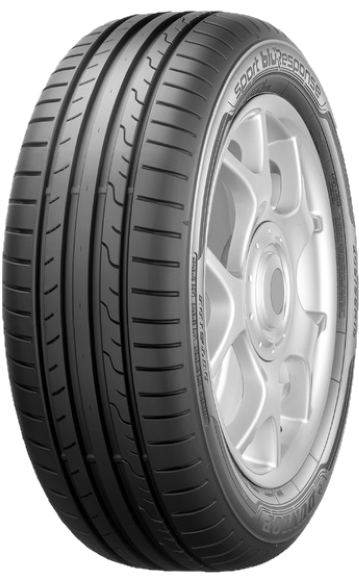The UK weather is unpredictable at the best of times - so it’s inevitable you’ll be driving in wet conditions throughout the year. When driving in wet conditions it’s important to take additional care – moderate to heavy rain can reduce the visibility of the road and sitting surface water can increase the chance of aquaplaning. Tyres that are designed to provide outstanding performance in wet weather will enable you to drive safely and maintain a level of driver experience and comfort.
Driving in wet conditions provides the additional risk of aquaplaning where there are areas of standing water on the road surface. Aquaplaning is where a layer of surface water builds between the tyres and the road surface, which means the tyres lose contact with the road leading to a lack of grip and traction. This will then make it difficult for the driver to maintain control of the vehicle – hence making the steering feel lighter than usual. If this should happen it is recommended to take your foot off the accelerator, do not brake harshly and allow the vehicle to come to a natural slow until the traction and handling returns.
When driving in wet weather, stopping distances increase due to the additional surface water, reducing grip between the road and the tyres. For this reason, it is recommended to leave plenty of distance between your vehicle and the vehicle in front to ensure you have additional stopping distance taking into consideration the weather conditions and the speed you are travelling at. The correct use of seasonal tyres on your vehicle can also greatly impact stopping distance where there are changes in the temperature.


(Tyre Safe, 2021)
The UK climate experiences rain all year round, which is why it’s essential to consider choosing a tyre that has design features designed to cope with wet conditions. Usually the sipes and tread of a tyre determine its ability to clear surface water to maintain grip and traction with the road surface.

Due to the additional weight of the engine and transmission sitting over the front wheels of the car, front-wheel drive vehicles in extremely wet conditions can gain additional traction helping the car to perform better than a rear-wheel-drive counterpart. The weight distribution of a rear-wheel drive car means they are often prone to losing traction on wet or wintery road surfaces.
Driving on a dark and wet evening decreases visibility even further, however by taking additional care and following the tips provided your journey should be made safer. It is recommended that if you do not feel comfortable driving in poor conditions in the dark to postpone your journey if possible until conditions improve.
* Tested by TÜV SÜD Automotive in September 2012 by order of Goodyear Dunlop. Tyre Size: 205/55 R16 91V; Test Car: VW Golf; Test Locations: Mireval (FR), Papenburg (D) and Garching (D); Report No. 76249744